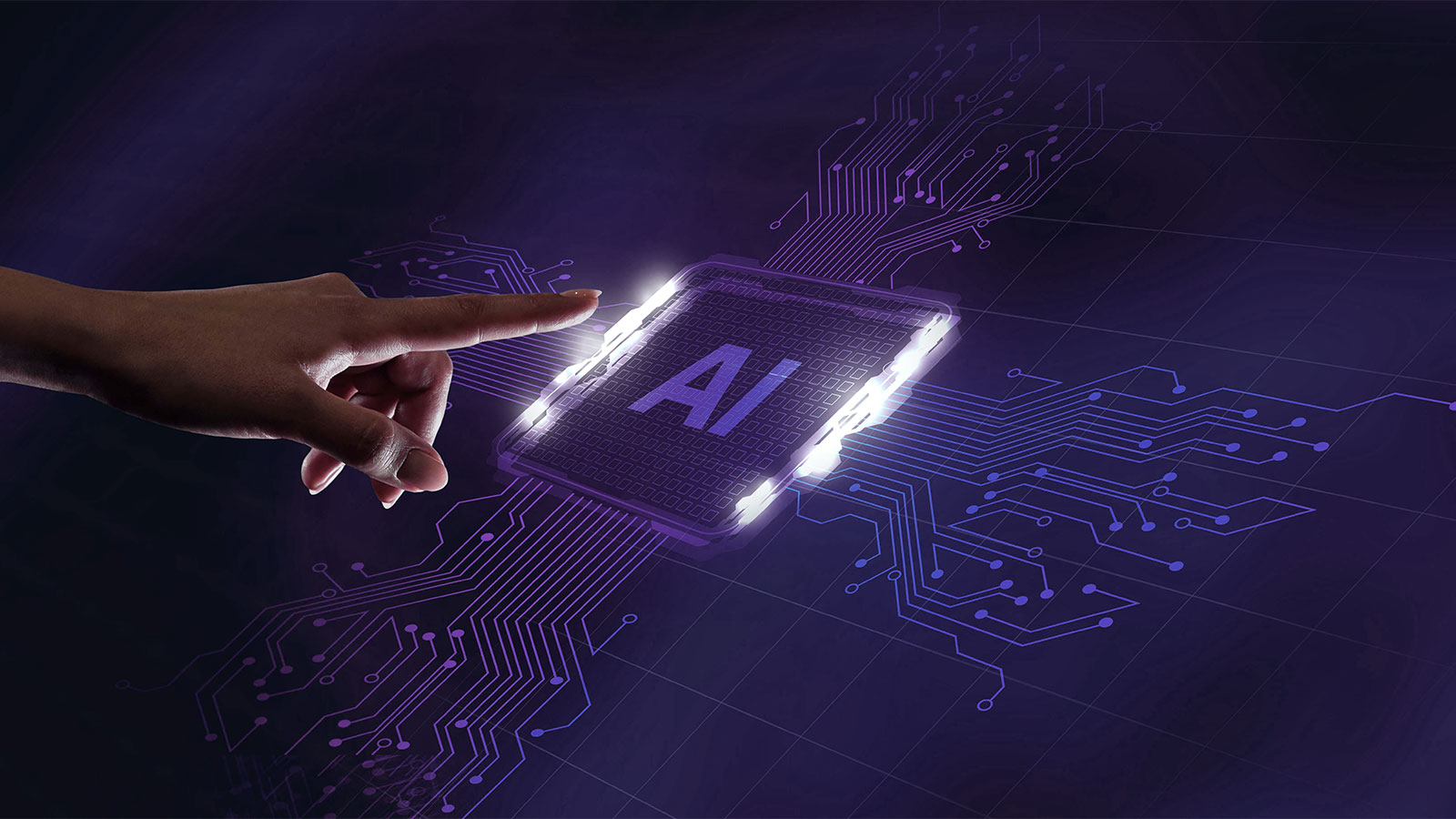Combining AI with human oversight results in three key benefits for online exam proctoring in higher education.

Certain aspects of how online education and assessments are delivered can greatly benefit from AI and machine learning. One of those aspects is online proctoring. Using "smart" technologies, institutional leaders in higher education can make human test monitoring more efficient, improve teaching and learning, provide better exam insights, streamline review processes, and build students' confidence.
Today, online proctoring is accomplished in multiple ways: AI-only monitoring (fully automated), human-only monitoring, or a combination of both. Because each exam is different and there are many complex and unforeseeable situations that may occur, the most effective online proctoring model combines AI, machine learning, and human intervention to detect and prevent cheating and improve the entire testing experience for students and instructors.
Here are three ways that AI combined with human oversight benefits online proctoring.
1. Creates a Less-Invasive Experience for Students
Fewer distractions during exams means that students can focus on showing what they know. But some proctoring AI is overly sensitive, which can trigger flags and create unnecessary interruptions. For example, students who talk to themselves while working through a question can trigger a flag.
Most proctoring AI can detect sound, but some platforms have AI with smart voice detection. While these terms are often used interchangeably, how they impact the test experience is very different. Sound detection can trigger a flag for basically any sound, such as a dog barking or a cough. Smart voice detection triggers for specific keywords or phrases, such as "Hey Siri" or "OK Google." Instructors can add custom lists for the AI to listen for, such as "What's the answer?"
Having AI in place can quickly monitor and flag actions, which saves time, but some situations can make things tricky. For example, "OK Google" may be a keyword that triggers a flag. But instead of searching Google, a student could be saying, "Okay, Google was founded in 1998, so Yahoo is older."
In this situation, combining a human proctor with the AI can prevent unnecessary interruptions. When human proctors get an alert from the AI, they can review the analysis window and see that the student wasn't attempting to cheat, so there's no need to intervene and disrupt the student.
2. Makes AI Smarter and Streamlines Instructors' Reviews
Data such as potential violations and suspicious behavior, feedback from human proctors, and input from instructors can be collected by the proctoring platform and fed back to the AI. All of this data helps the AI learn and adapt so as to provide educational institutions and instructors with better insights into the testing experience.
Since this continual feedback loop may be different for each institution, humans can customize the proctoring platform based on factors that are both important and unimportant to instructors. This feedback can also allow the AI to make better correlations between behaviors that may indicate true academic dishonesty and those that are false flags.
As the AI learns, it can adjust to help reduce unimportant or false flags due to oversensitivity. This helps both proctors and instructors focus on important situations related to academic dishonesty, and it streamlines instructors' reviews. The combined power of both the AI and the human aspect creates a more equitable environment for students, who can feel confident that they won't be inaccurately flagged.
3. Enables Nontraditional Exam Activities and Formats
AI is great for most traditional testing situations, but what if instructors want to test through a demonstration instead of a traditional format, such as multiple-choice questions? Using AI-only can overstep and create a frustrating experience for students and instructors. In these cases, combining AI with human input is crucial for protecting academic integrity and the students' experience during complex assessments.
AI monitors for common anomalies such as two people in the room, unexpected voices or movements, restricted browsers, and leaked test questions. But in a nontraditional format or complex assessment, some of these activities may be allowed, and the AI needs to be told how to act.
Before a nontraditional exam starts, instructors can adjust test settings and decide which proctoring features to use. They can also give the human proctor instructions to further customize what is allowed during the exam and to provide accommodations for specific students.
For example, a nontraditional exam may ask students to complete a math problem using pen and paper. The instructor would ask the human proctor to turn on "Scratch Paper Allowed" so that students won't be flagged for looking down at papers. Instructors can require students to use a sheet of blank white paper and a black or blue pen and to show the paper before and after they complete the problem. This ensures that students can complete the exam without interruption and cuts down on the need for human proctors to review flags.
*****
While AI is a powerful tool that can improve online proctoring and the overall testing experience, it isn't always perfect and shouldn't be used alone. Instead of being a singular way to protect academic integrity, AI should be harnessed to complement, not replace, the efforts of human proctors and instructors. The combination of AI and human oversight is the key to creating an ideal testing experience for both instructors and students.
Jordan Adair is Vice President of Product at Honorlock.
© 2022 Honorlock
